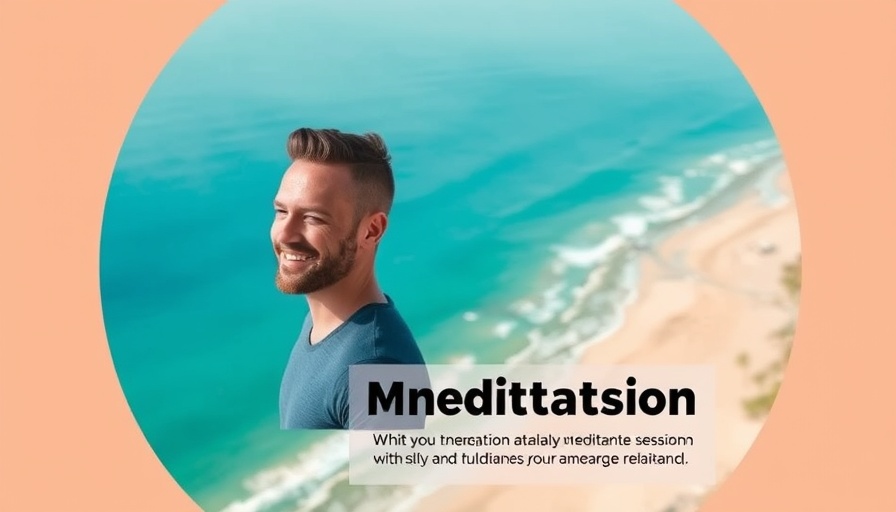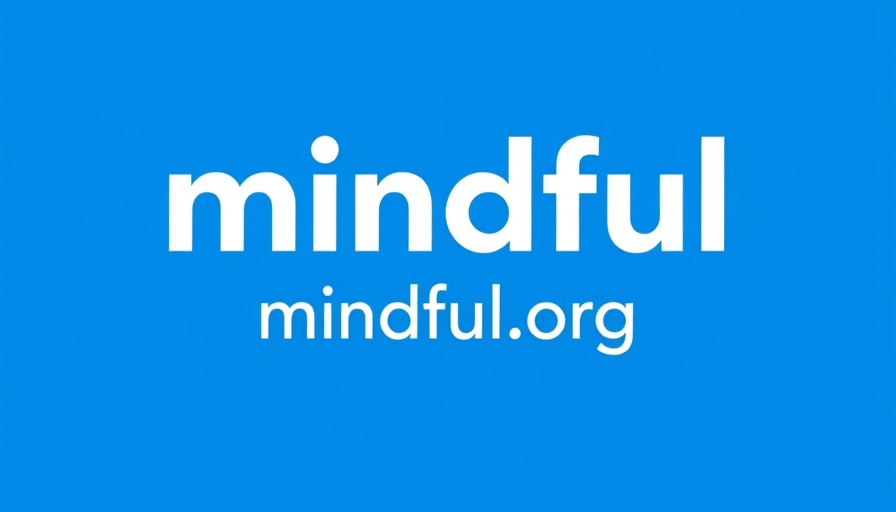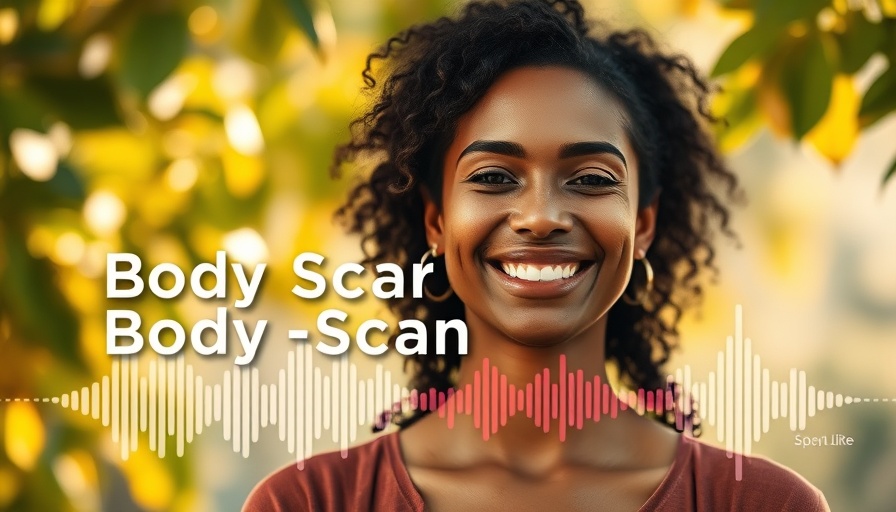
Transforming Distractions Into Focus
In an age where our minds are bombarded with constant distractions, it might seem impossible to hone in on a single task. However, mindfulness expert Toby Sola introduces a revolutionary approach to guiding meditation: leveraging distractions to enhance focus. This guided meditation practice involves intentionally shifting attention to those distractions rather than attempting to push them away. By embracing them, we can ultimately sharpen our concentration and enhance our overall mindfulness.
The Concentration Algorithm: A New Technique
Sola’s methodology introduces what he calls a "concentration algorithm." This structured approach invites practitioners to identify the sensory experiences that distract them, allowing them to craft a pathway back to focus. During the meditation, individuals are asked to recognize their distractions—be it sounds, sights, or internal dialogue—and instead of resisting these distractions, they learn to engage with them. This approach aligns well with contemporary mental health insights, emphasizing that acceptance can lead to deeper mental clarity.
Why Embracing Distraction Works
While it may seem counterintuitive, studies support that moments of distraction, when handled properly, can actually enhance cognitive control. According to recent research, allowing for breaks in focus can prevent mental fatigue and facilitate a more profound concentration upon returning to the primary task. This aligns with modern health trends which advocate for balanced mental practices that prioritize well-being over sheer productivity.
Practical Meditation Techniques
The guided meditation lasts about 12 minutes and incorporates long pauses of silence, allowing for self-reflection. Practitioners can explore their personal distractions before honing in on a selected sensory experience. This self-directed component is vital for fostering individual mindfulness, helping each person recognize their unique distractions and manage them effectively. Remember, if an experience fades during focused attention, it’s recommended to shift to the corresponding restful state—whether that be the silence following a sound or the mental clarity following distracting thoughts.
Tips to Enhance Your Experience
For novices and seasoned practitioners alike, there are several tips to enrich your meditation experience:
- Find a Quiet Space: The environment plays a significant role in meditation. Choose a space free from interruptions.
- Be Patient: It may take time to develop comfort with focusing on distractions. Don’t rush the process.
- Keep a Journal: After meditating, jot down what distractions you noticed and how they made you feel. This can deepen your understanding of your mental patterns.
How This Affects Your Daily Life
Adopting this unique approach to distraction doesn't just improve meditation practices; it can have profound effects on your daily life. By learning to embrace distractions, you can enhance your productivity, creativity, and overall mental resilience. This has particular implications for students, workers, and anyone juggling multiple responsibilities, making it essential for effectively navigating today’s fast-paced world.
Call to Action: Start Your Meditation Journey
Embarking on a meditation journey using distraction might seem challenging, but taking that first step can bring about remarkable changes in your focus and overall well-being. To experience the full benefits of this guided practice, begin today by setting aside a few minutes for meditation. With each session, you may find clearer paths to not only sharpen your concentration but also to embrace the beautiful chaos of daily life.
 Add Row
Add Row  Add
Add 




 Add Row
Add Row  Add
Add 

Write A Comment